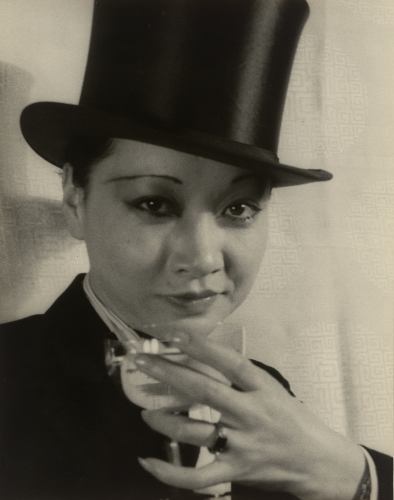
Anna May Wong, by Carl Van Vechten, 1932. National Portrait Gallery, Smithsonian Institution. © Carl Van Vechten Trust
By Chelsea Cozad, 2022 intern for the Smithsonian American Women’s History Initiative, Because of Her Story
Today the U.S. Mint released a quarter featuring Hollywood star Anna May Wong as a part of the American Women Quarters™ Program. Continuing through 2025, the U.S. Mint is releasing new quarters that honor the accomplishments and contributions made by women to the development and history of our country.
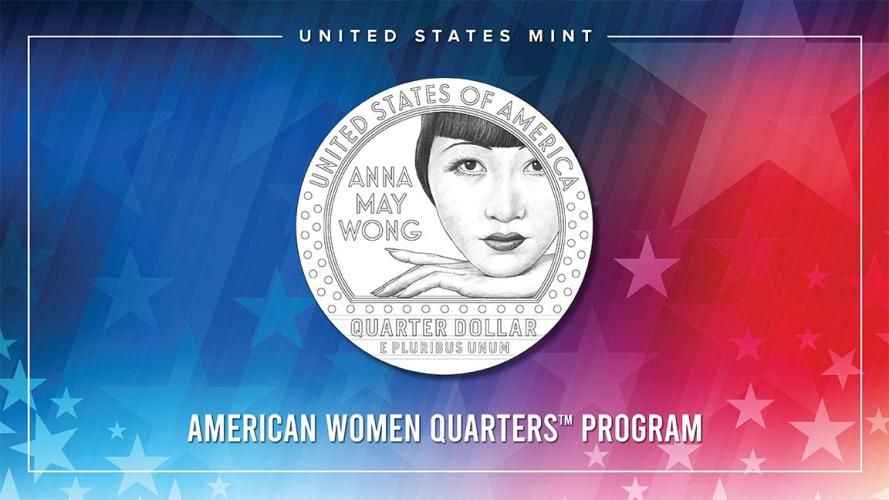
Image of 2022 Anna May Wong quarter, part of the American Women Quarters™ Program. Copyright United States Mint. Used with permission.
Staff members at the Smithsonian American Women's History Initiative, Because of Her Story, are excited to help bring this series to life with the U.S. Mint and the National Women's History Museum. Already-issued quarters of 2022 feature author Dr. Maya Angelou, astronaut Dr. Sally Ride, activist Wilma Mankiller, and educator and suffragist Adelina "Nina" Otero-Warren.
We invite you to learn more about Anna May Wong’s life and legacy.
Anna May Wong
The first Chinese American film star, Anna May Wong began gracing the silver screen during the Roaring Twenties amid the early years of Hollywood’s Golden Age.
A third generation Chinese American, Wong was born Wong Liu Tsong in Los Angeles, California, in 1905. As a young girl, she became fascinated by the film and acting industry. Frequently, she would visit Hollywood sets during filming, squeezing through crowds to get the best view. “I’d stare at these glamorous individuals,” she remembered, “and then I would rush home and do the scenes I had witnessed before a mirror.”
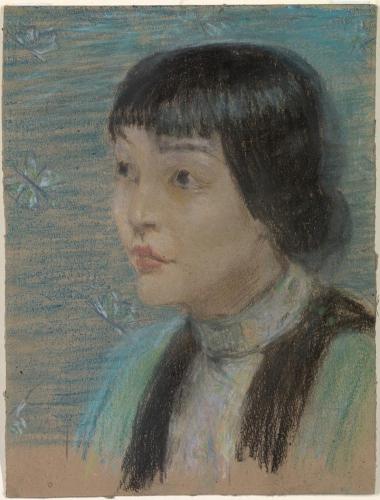
"Anna May Wong" by Alice Pike Barney, around 1927. Pastel on fiberboard. Smithsonian American Art Museum, gift of Laura Dreyfus Barney and Natalie Clifford Barney in memory of their mother, Alice Pike Barney.
Wong, eager for a turn in front of cameras, dropped out of high school to pursue a full-time acting career. At this time, Hollywood studios cast women in secondary, romantic roles, opposite white male leads. Women of color, however, were barred from acting in those roles. Miscegenation laws in many states forbade interracial relationships, both in real life and on screen. Hollywood restricted Wong to playing background characters that aligned with American stereotypes toward Asians. Theodore S. Gonzalves, curator of Asian Pacific American History at the Smithsonian’s National Museum of American History, noted that Wong’s “roles could be classified as either hyper-sexualized or hyper-violent.”
Wong earned a starring role as Lotus Flower in The Toll of the Sea (1922). This film, often credited as the first Technicolor feature, tells the story of Lotus Flower, a young Chinese woman who falls in love with an American traveler. She becomes pregnant and the man promises to marry her after a brief trip back to the United States. He returns to China, but with a bride from America. Heartbroken, Flower gives her baby to the couple and throws herself into the sea. Wong later said, “pathetic dying seemed to be the best thing I did,” on screen.
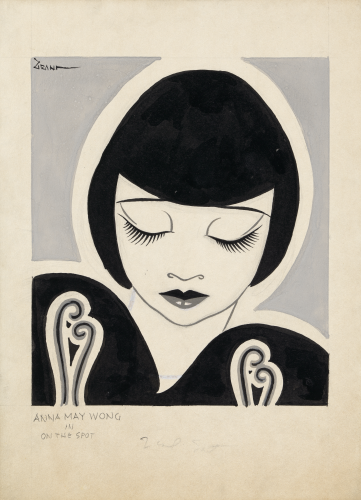
Anna May Wong in “On the Spot” by Joseph Grant, 1932. India ink, gouache, and pencil on illustration board. National Portrait Gallery, Smithsonian Institution; gift of Carol Grubb and Jennifer Grant Catsrup.
Hollywood’s racism continued to limit Wong’s aspirations. Gonzalves remarked, “This country didn’t get a chance to see the full breadth of who Anna May Wong was.” Even when Wong had the opportunity to work in major films like the Thief of Baghdad (1924), she was typecast in supporting roles like ‘The Mongol Slave,’ concubines, or scheming ‘dragon ladies.’ Seeing Wong confined to stereotypical roles, Gonzalves says, restricted Asian American watchers “to narrow views of who they could be” in American society.
Wong left the United States for Europe in 1928, seeking better opportunities. In England, she earned the lead in a silent film, Piccadilly (1929). Around this time, movies with spoken dialogue began gaining commercial popularity, leading Wong to learn French and German. Upon returning to the States, she starred in Shanghai Express (1932), alongside famed actress and singer, Marlene Dietrich, whom she befriended during her time in Berlin, Germany.
In the production, The Good Earth (1937), Wong eagerly sought the main part of O-Lan, a sympathetic Chinese wife. However, when white lead Paul Muni was cast as the husband, producers ruled her out. According to the studio’s miscegenation rules, the role would have to go to a white woman. Ultimately, Luise Rainer was cast as O-Lan. To appear ‘more Asian,’ Rainer applied tape to the sides of her eyes. Wong openly criticized Hollywood casting. “There seems little for me in Hollywood, because rather than real Chinese, producers prefer Hungarians, Mexicans, American Indians for Chinese roles.”
Wong spent most of her career acting on stage and in films until the outbreak of World War II. She decided to put her career on hold and worked from the United States on Chinese war relief. She later reentered the entertainment industry in the new, popular medium of television. In 1951, she became the first Asian American to star in a TV series, The Gallery of Madame Liu-Tsong.
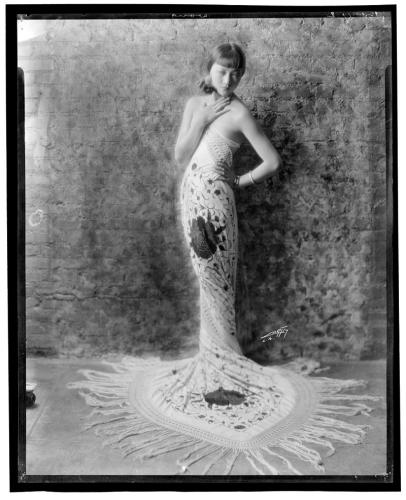
Photo of Anna May Wong. Photo by Edward S. Curtis, around 1925. Smithsonian’s Museum of Natural History.
Wong’s achievements were recognized by the industry with her induction to the Hollywood Walk of Fame in 1960, a year before her death. During her lifetime, she acted in more than 60 movies. Today, she continues to inspire Asian American women in film.
In 2020, the Smithsonian Asian American Pacific Center and the Smithsonian’s National Postal Museum partnered with poet Sally Wen Mao to explore Wong’s complex legacy. Additionally, journalist Yoonj Kim partnered with the Smithsonian Channel in 2021 to trace depictions of Asian Americans in film from Anna May Wong to present day actors. The Smithsonian’s National Portrait Gallery collection includes more than 10 portraits of Wong.